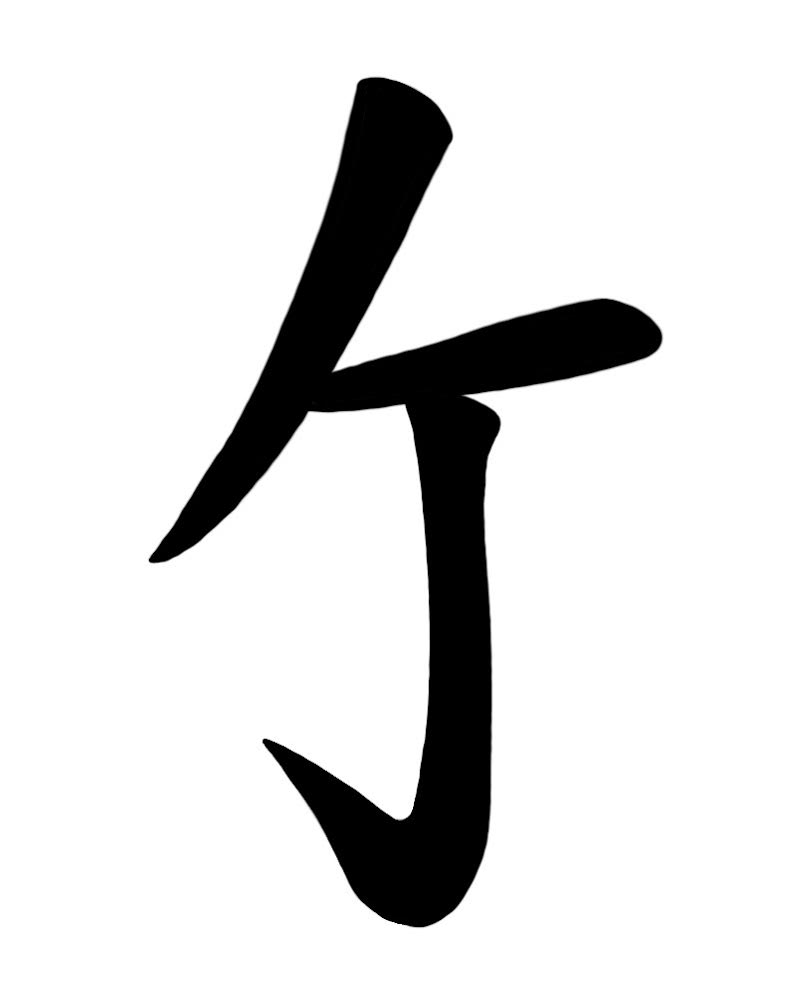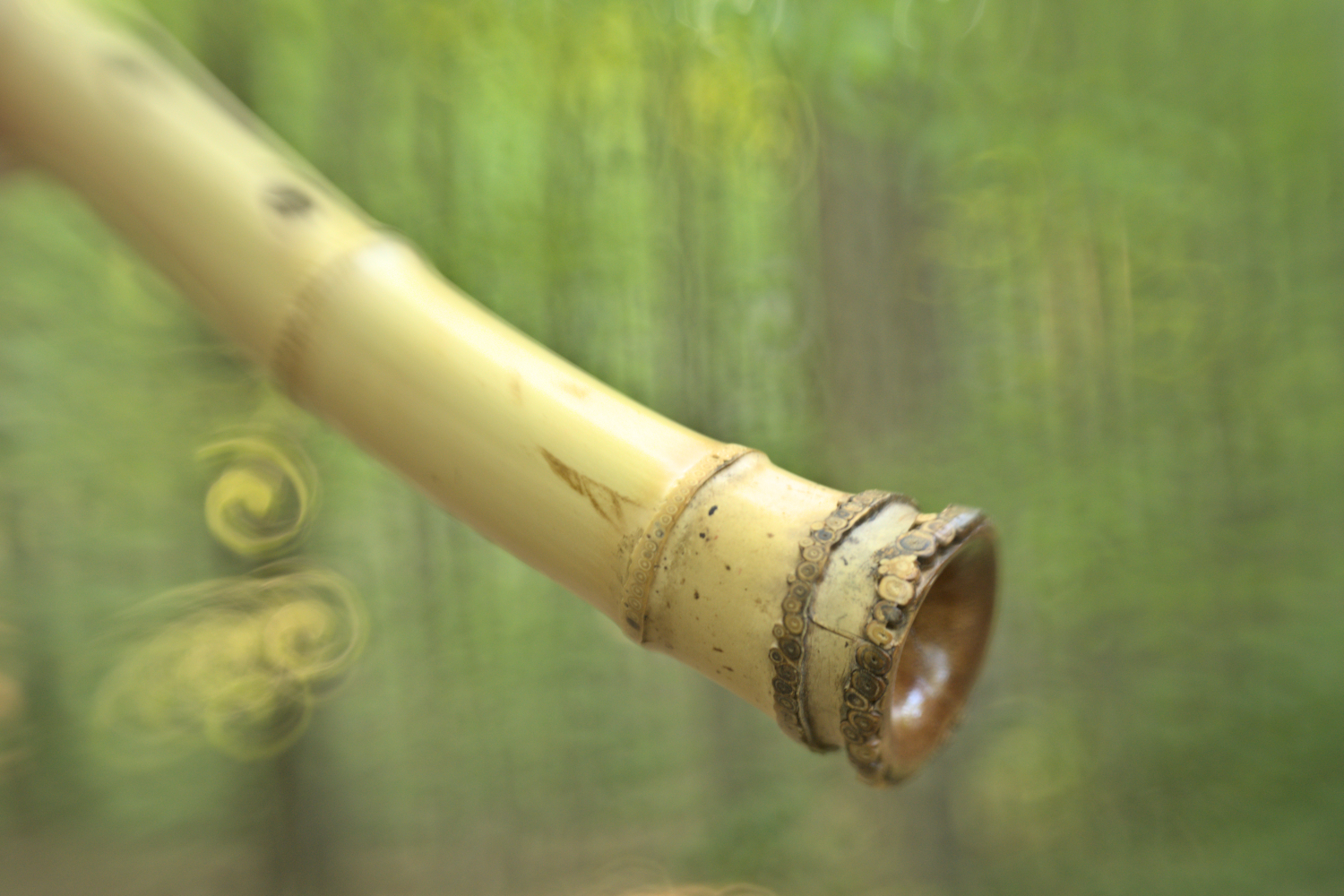Welcome to My Bamboo Flute Grove
I’m Josen, also known as Jon Kypros, shakuhachi Daishihan (‘senior instructor’) bamboo flute maker, and Zen practitioner based in France. My life’s work is devoted to the living resonance of bamboo.
Pathways to Sound & Study
- Instruments for Sale — Crafted as individual companions for players who seek depth and authenticity in the uncoated, unadorned voice of bamboo.
- Lessons — I teach live over video chat and share free instructional videos. In shakuhachi study, I pass on distinct, regional Honkyoku lineages including Fudaiji Seien Ryu, Myoan Taizan Ryu, Kinpu Ryu, and others.
Join the Journey
Whether you’re here to explore a flute, deepen your practice, or simply wander down the bamboo path, I invite you to walk it with me. Discover the sound, simplicity, and subtle power that arises when raw bamboo meets breath.


